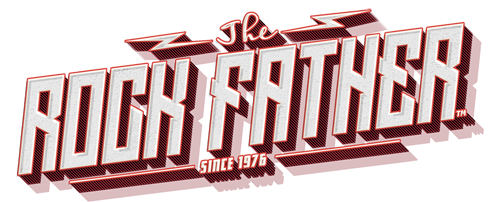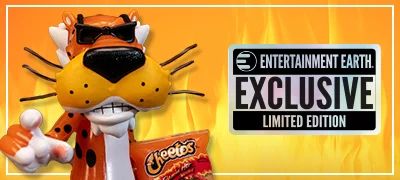As I said upon leaving the World Premiere at the El Capitan Theatre, Disney’s THE JUNGLE BOOK is an unexpectedly astonishing and beautiful film, not only in terms of visuals, but in terms of content and weight. To say it must be seen on the big screen and in 3D is an undeniable truth, a testament to the technological marvel created under the direction of filmmaker Jon Favreau (ELF, IRON MAN) – a modern digital film that pushes the boundaries of what can be done with photo-realistic CG to new heights, but also retains the feel of an organic, handmade film. Despite my unabashed appreciation for much of Favreau’s back catalog, when the film was first announced a few years back, I must admit that I was apprehensive as to how, exactly, it would play out. As a fan of the 1967 original (reviewed here), and as a moviegoer that’s sometimes burnt by the overuse of CG, how could it be done? Fortunately, many of these same issues had been considered and addressed early-on in the process, and the end result is wonderful. Could THE JUNGLE BOOK be every bit as good, if not better than the classic that inspired it? I say yes.
Admittedly, I have not personally read all of Rudyard Kipling’s JUNGLE BOOK stories, but I do know that they were much darker in tone that the animated film that is so permanently burned into my mind. Favreau’s JUNGLE BOOK finds balance between influence, and with that serves-up some freshness as well, hitting the right beats, yet throwing in some new and unexpected flourishes (including the ending). And the casting is perfect, with newcomer Neel Sethi a fantastic Mowgli, and the voice cast around him every bit as believable as an in-the-flesh performer.
The reason that THE JUNGLE BOOK works so well as a cross-generational story is that it’s got family at its core, with some big adventure as the hook, all while presenting the struggle between good and evil. There’s messages of strength, love and teamwork, along with levels of obedience when placed between right and wrong. Favreau’s direction from a screenplay by Justin Marks manages to drive all of those points home in such a dramatic way, I found myself moved in an unexpected manner.
Some of the sequences of action and peril may be a tad much for younger audiences, but THE JUNGLE BOOK is not only a family film, but truly a film about family.
Disney’s THE JUNGLE BOOK is now playing in theaters everywhere. Get tickets via Fandango, and for more coverage, visit http://www.therockfather.com/thejunglebook
Bonus Feature: The Plight of the Pangolin
 Who is Mr. Pangolin? Viewers of THE JUNGLE BOOK are quickly becoming enamored with a very unique member of a trio of friends who arrive to check out the honey-lifting antics of Baloo and Mowgli. Mr. Pangolin is a pangolin – one of the most unique mammals in the world, and one so endangered, they may go extinct within our lifetime. These adorable (Disney Store even has a large plush toy version, while Just Play made a small one) scale-covered creatures are the most illegally-trafficked animals on the planet, coveted for both their scales and their meat. While their plight is recognized in many other countries, of the eight distinct species of pangolin, only one (Manis temminckii) is on the the Endangered Species list here in the U.S. Because of that, the IFAW has filed a petition to get them on the list, and to make sure that their Stateside trade is made illegal.
Who is Mr. Pangolin? Viewers of THE JUNGLE BOOK are quickly becoming enamored with a very unique member of a trio of friends who arrive to check out the honey-lifting antics of Baloo and Mowgli. Mr. Pangolin is a pangolin – one of the most unique mammals in the world, and one so endangered, they may go extinct within our lifetime. These adorable (Disney Store even has a large plush toy version, while Just Play made a small one) scale-covered creatures are the most illegally-trafficked animals on the planet, coveted for both their scales and their meat. While their plight is recognized in many other countries, of the eight distinct species of pangolin, only one (Manis temminckii) is on the the Endangered Species list here in the U.S. Because of that, the IFAW has filed a petition to get them on the list, and to make sure that their Stateside trade is made illegal.
Like many of you, I was unfamiliar with this animal until its appearance in THE JUNGLE BOOK, and having seen it in-action, I would certainly hate for it to go away. These little creatures are something we still have much to learn about, and the fact they no one has been able to breed them in captivity makes their survival in the wild even more key. They can fight off tigers, but they can’t fight off humans. Learn more at IFAW.org


